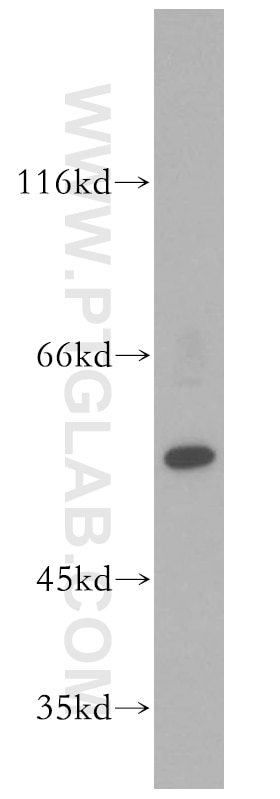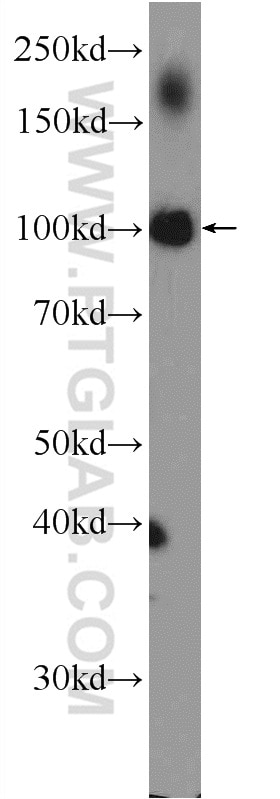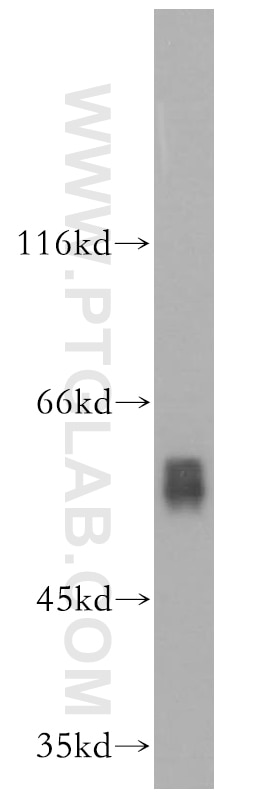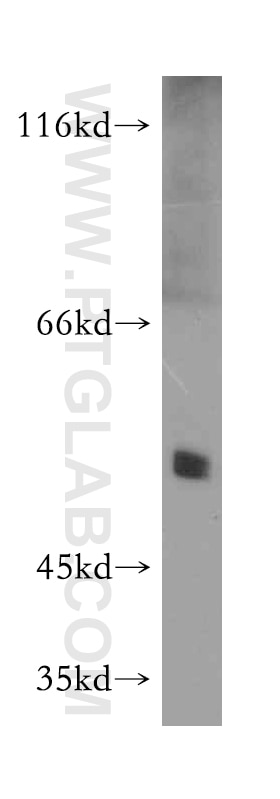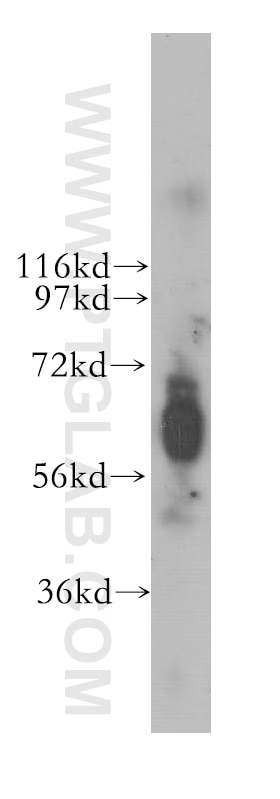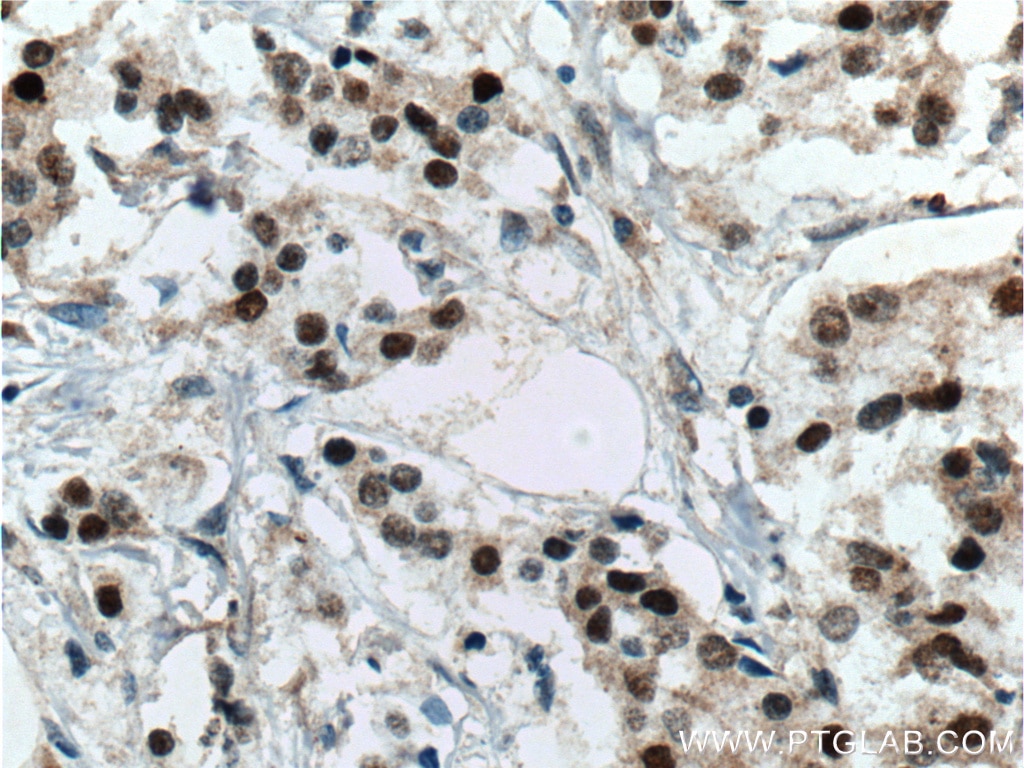- Phare
- Validé par KD/KO
Anticorps Polyclonal de lapin anti-PGC1a
PGC1a Polyclonal Antibody for ELISA
Hôte / Isotype
Lapin / IgG
Réactivité testée
Humain, souris et plus (4)
Applications
WB, IF, IHC, chIP, ELISA
Conjugaison
Non conjugué
N° de cat : 20658-1-AP
Synonymes
Galerie de données de validation
Applications testées
Applications publiées
| KD/KO | See 2 publications below |
| WB | See 43 publications below |
| IHC | See 8 publications below |
| IF | See 5 publications below |
| ChIP | See 1 publications below |
Informations sur le produit
20658-1-AP cible PGC1a dans les applications de WB, IF, IHC, chIP, ELISA et montre une réactivité avec des échantillons Humain, souris
| Réactivité | Humain, souris |
| Réactivité citée | rat, Chèvre, Humain, poisson-zèbre, poulet, souris |
| Hôte / Isotype | Lapin / IgG |
| Clonalité | Polyclonal |
| Type | Anticorps |
| Immunogène | Peptide |
| Nom complet | peroxisome proliferator-activated receptor gamma, coactivator 1 alpha |
| Masse moléculaire calculée | 91 kDa |
| Poids moléculaire observé | 91-98 kDa |
| Numéro d’acquisition GenBank | NM_013261 |
| Symbole du gène | PGC1a |
| Identification du gène (NCBI) | 10891 |
| Conjugaison | Non conjugué |
| Forme | Liquide |
| Méthode de purification | Purification par affinité contre l'antigène |
| Tampon de stockage | PBS avec azoture de sodium à 0,02 % et glycérol à 50 % pH 7,3 |
| Conditions de stockage | Stocker à -20°C. Stable pendant un an après l'expédition. L'aliquotage n'est pas nécessaire pour le stockage à -20oC Les 20ul contiennent 0,1% de BSA. |
Informations générales
PPARGC1A, also named as Peroxisome proliferator-activated receptor gamma coactivator 1-alpha, is a 798 amino acid protein, which Contains 1 RRM (RNA recognition motif) domain and localizes in the nucleus. PPARGC1A is transcriptional coactivator for steroid receptors and nuclear receptors. PPARGC1A can regulate key mitochondrial genes that contribute to the program of adaptive thermogenesis and plays an essential role in metabolic reprogramming in response to dietary availability through coordination of the expression of a wide array of genes involved in glucose and fatty acid metabolism. PPARGC1A exists various isoforms and range of molecular weight of isoforms are 30-50 kDa and 90-110 kDa.
Publications
| Species | Application | Title |
|---|---|---|
Redox Biol Defective mitochondrial ISCs biogenesis switches on IRP1 to fine tune selective mitophagy. | ||
Autophagy FOXG1 promotes aging inner ear hair cell survival through activation of the autophagy pathway. | ||
Part Fibre Toxicol Carbon black suppresses the osteogenesis of mesenchymal stem cells: the role of mitochondria. | ||
Oxid Med Cell Longev Recombinant Human Growth Hormone Inhibits Lipotoxicity, Oxidative Stress, and Apoptosis in a Mouse Model of Diabetic Cardiomyopathy. | ||
Redox Biol Cardioprotection of CAPE-oNO2 against myocardial ischemia/reperfusion induced ROS generation via regulating the SIRT1/eNOS/NF-κB pathway in vivo and in vitro. |

